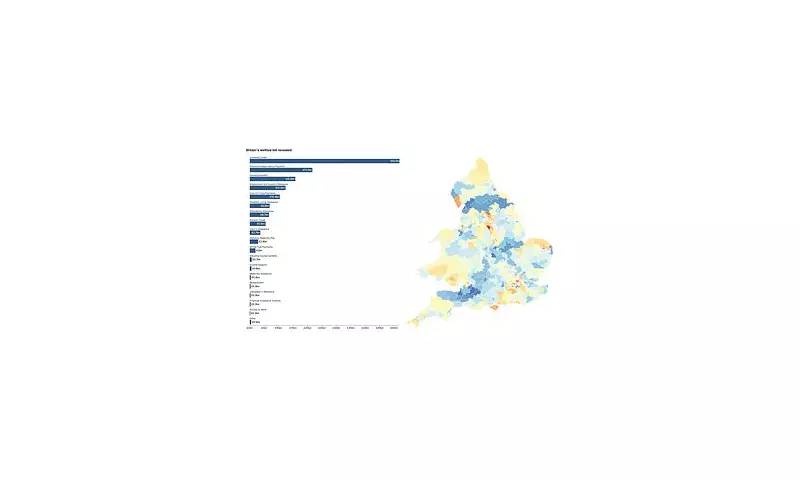
New research has identified the UK constituencies where residents are most reliant on welfare benefits, sparking debate about economic inequality and political priorities ahead of the next general election.
The Benefit Dependency Map
The analysis reveals striking geographical patterns in welfare dependency across Britain. Urban areas in the North of England and parts of Wales show particularly high rates of benefit claims, while wealthier southern constituencies remain relatively unaffected.
Key Findings:
- Several post-industrial towns top the list for highest benefit dependency
- London boroughs show surprising variation in welfare claims
- Rural areas demonstrate mixed patterns of need
Political Implications
With the 2025 general election approaching, these findings could influence campaign strategies. Labour leader Keir Starmer may face pressure to address welfare reform as part of his economic platform.
"These figures reveal the real human cost of regional economic disparities," commented one policy analyst. "They show where investment and job creation are most urgently needed."
Methodology
The research combined data from multiple government sources to create a comprehensive picture of benefit claims across parliamentary constituencies. Analysts examined various forms of support including Universal Credit, disability benefits, and housing assistance.
What This Means for Voters
As political parties prepare their manifestos, these findings highlight the complex relationship between welfare policy and regional economic performance. The data may prove crucial in targeting resources to areas most in need.





